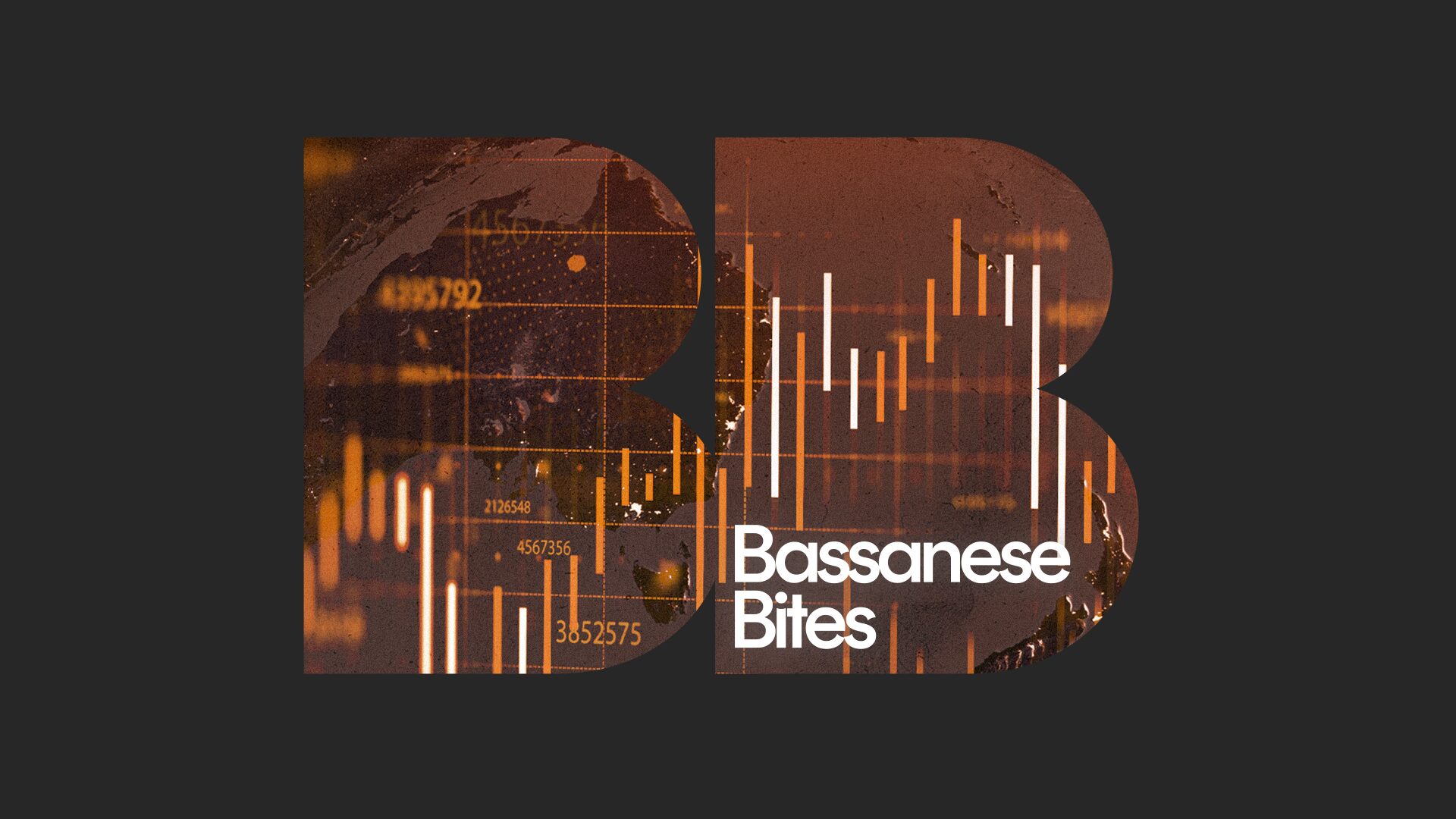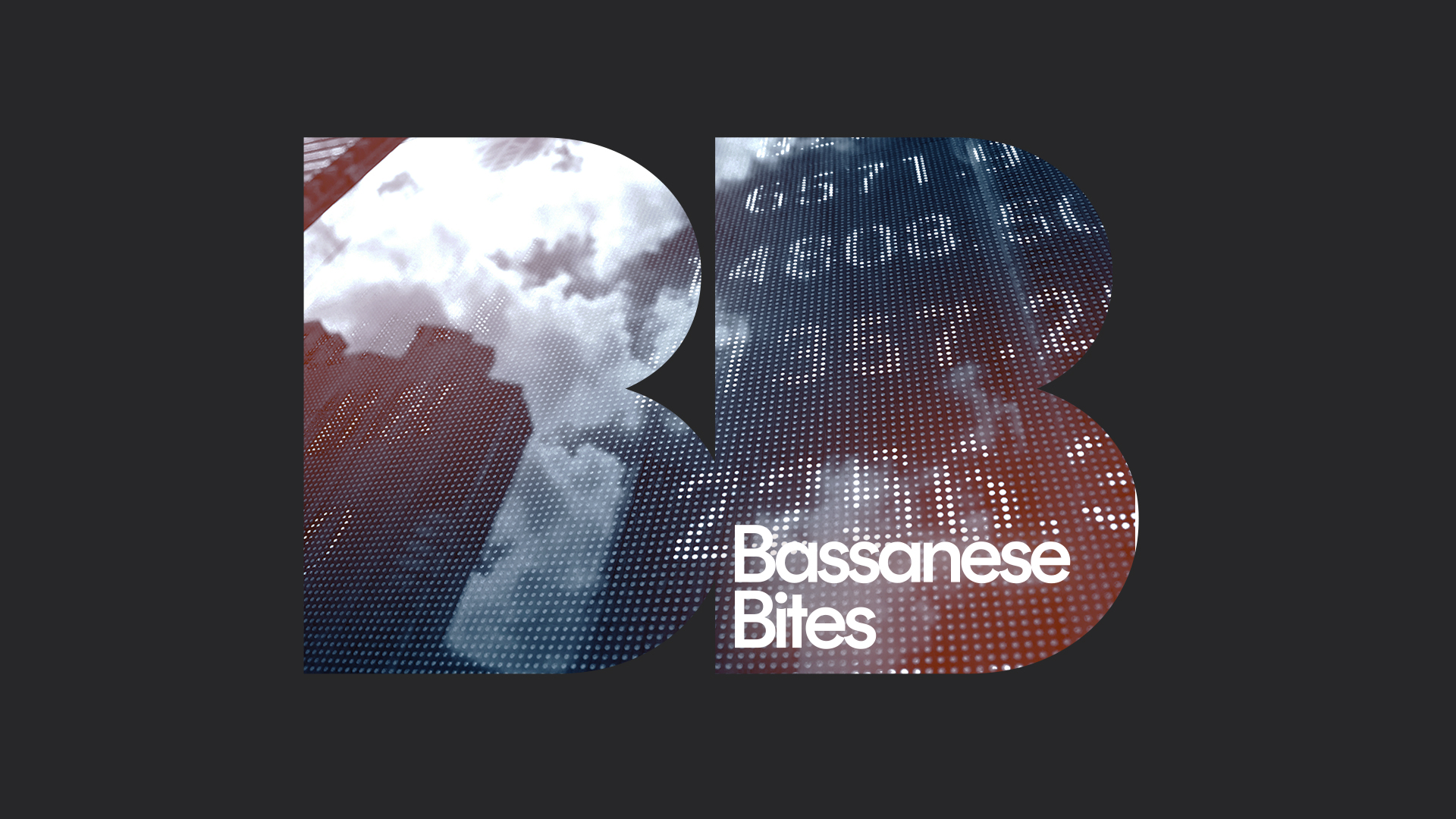Take & Give
5 minutes reading time
Global markets
Global stocks rebounded strongly last week thanks to a beautiful set of numbers from the United States suggesting the ‘soft landing’ scenario remains firmly on track.

After a testing few weeks in markets, last week was one of reassurance – that both US inflation continues to ease and the world’s largest economy remains free from recession.
In terms of inflation, the US producer price index (PPI) was a touch lower than expected – which was the first cause for market celebration. That was followed by the July consumer price index(CPI) a day later, where core prices rose by a benign 0.2% – in line with market expectations. Annual core CPI inflation eased from 3.3% to 3.2% – inflation would be lower still were it not for stubbornly firm housing inflation despite weakness in rents on new leases.
But wait – there’s more! Recent fears of a US recession were also allayed last week with a strong 1% bounce back in retail sales during July after a 0.2% drop in June. Weekly jobless claims also eased back to 227k from 233k – a reassuringly low number suggesting the labour market remains firm.
In line with my expectation – though only half of NZ economists – the Reserve Bank of New Zealand cut interest rates by 0.25% last week, reflecting a recent re-weakening of the economy and encouraging news on inflation. I anticipate a 0.25% cut at each of the next four policy meetings, with some chance of a 0.5% cut in October if activity indicators weaken further.
In China, the monthly ‘data dump’ revealed an economy continuing to chug along at a moderate pace, with decent but weaker-than-expected growth in fixed asset investment and industrial production. Weakness in property construction, however, has led to an oversupply of Chinese steel – and China’s attempt to export away the glut is starting to create trade tensions, beginning with India. Iron-ore prices sank 3.8% last week to below $US 100/tonne.
Global week ahead
With little in the way of major data, the key global event this week will be Fed chair Powell’s speech at the annual central banker talkfest at Jackson Hole. That said, the key message is unlikely to surprise – but rather confirm the Fed is ready to cut interest rates next month, though likely by only 0.25% not 0.5%.
Market trends
Last week’s market bounce back was associated with a strong recovery in the most beaten down areas of late – Japan and US large-cap technology stocks. The Nikkei 225 rose a lazy 8.7%, while the NASDAQ-100 bounced 5.4%. Global technology rose 7.3%.
As a result, the battle between expensive large-cap growth stocks and cheaper value stocks continues – we’ll need the dust to settle from recent market volatility to discern whether the much-debated broadening in the global equity rally beyond Japan/large-cap technology will gather steam.

Australian market
Local stocks joined in the fun last week, with the S&P/ASX 200 up 2.5% – despite weakness in iron-ore prices which held back the materials (mining) sector. Financials rose 4.8%, with technology and consumer discretionary stocks up 4.8% and 6.0% respectively.

Last week’s local economic data was mixed, though broadly consistent with Australia’s own ‘soft landing’ continuing to play out – implying the next move in interest rates remains down, albeit not any time soon.
Although still at low levels, Westpac’s consumer sentiment index bounced 2.8% – thanks to easing interest rate fears and fatter pay packets following the July tax cuts.
The NAB index of business conditions stabilised, following a gradual easing over recent months, with hiring intentions showing a notable rebound after recent weakness. Of note to the RBA, capacity utilisation dropped, though remained at a high level.
Wages data was also reassuring, with the wage price index up a slightly lower than expected 0.8% in the June quarter (market +0.9%). Annual growth held steady at 4.1%.
Last but not least, the July labour force report revealed continued solid growth in employment of 58k, albeit not as much labour supply – resulting in a further increase in the unemployment rate to 4.2% from 4.1%.
In the absence of major economic data, the local market highlight this week will be minutes from the August RBA policy meeting tomorrow. Of interest will be any hint as to just how close the RBA was to raising interest rates earlier this month despite a modestly better than feared Q2 CPI report. All up, the minutes are likely to reiterate familiar RBA themes – inflation remains too high, but with growth subdued and inflation expectations still contained, the Bank remains patient for the time being.
Have a great week!





1 comment on this
I think I will consider calling you “Willow” like a willow tree, you move with the wind.